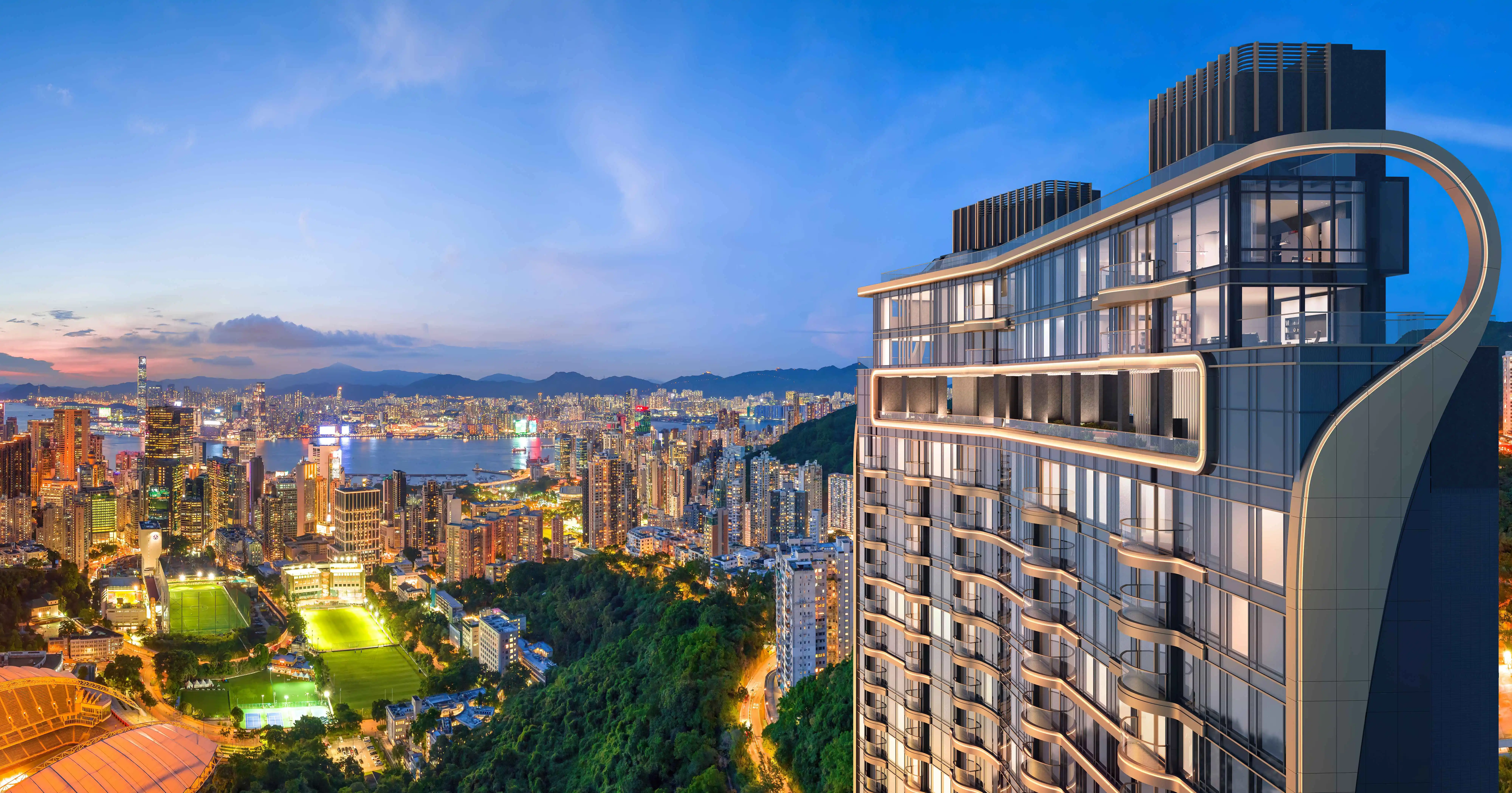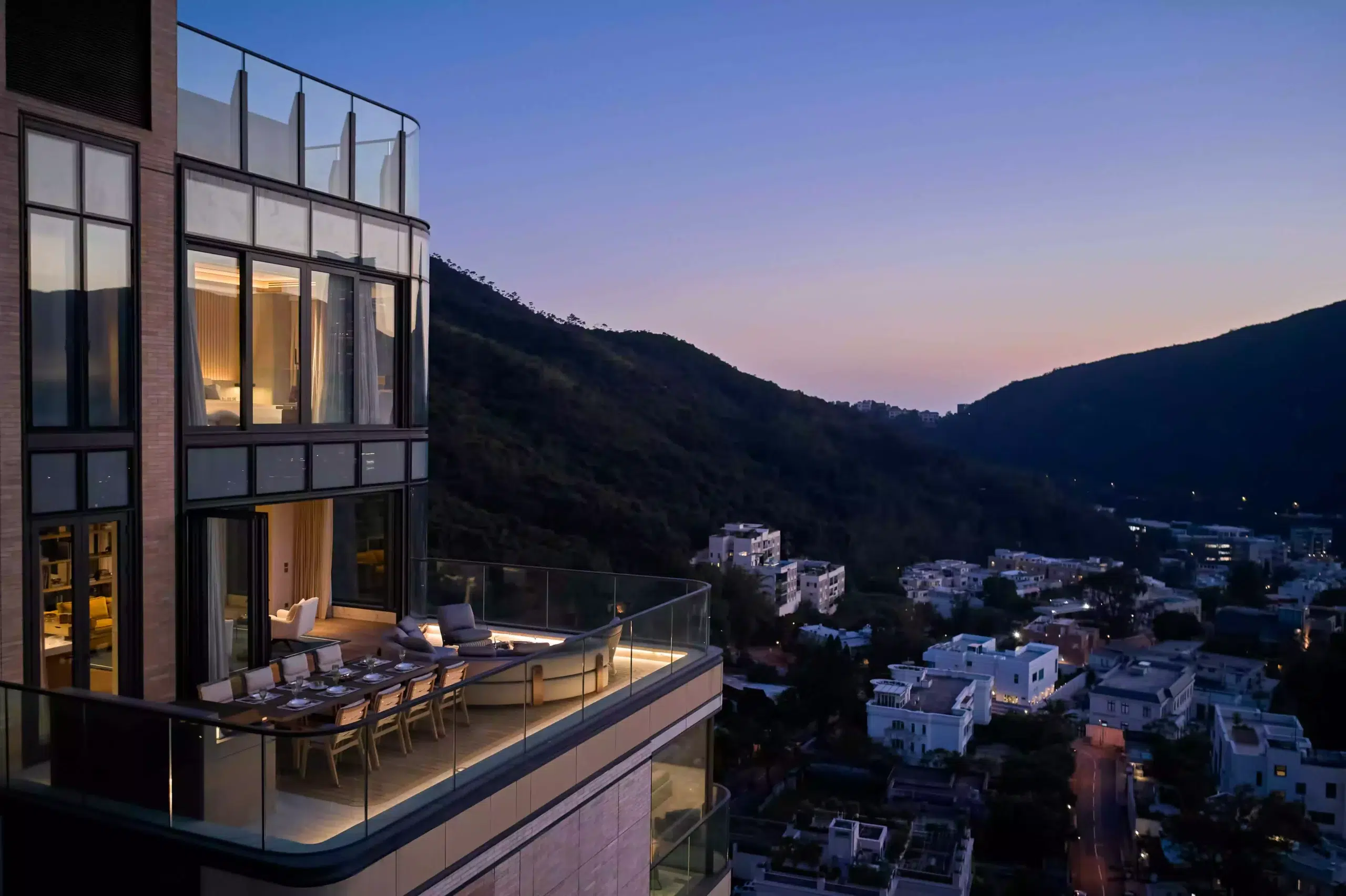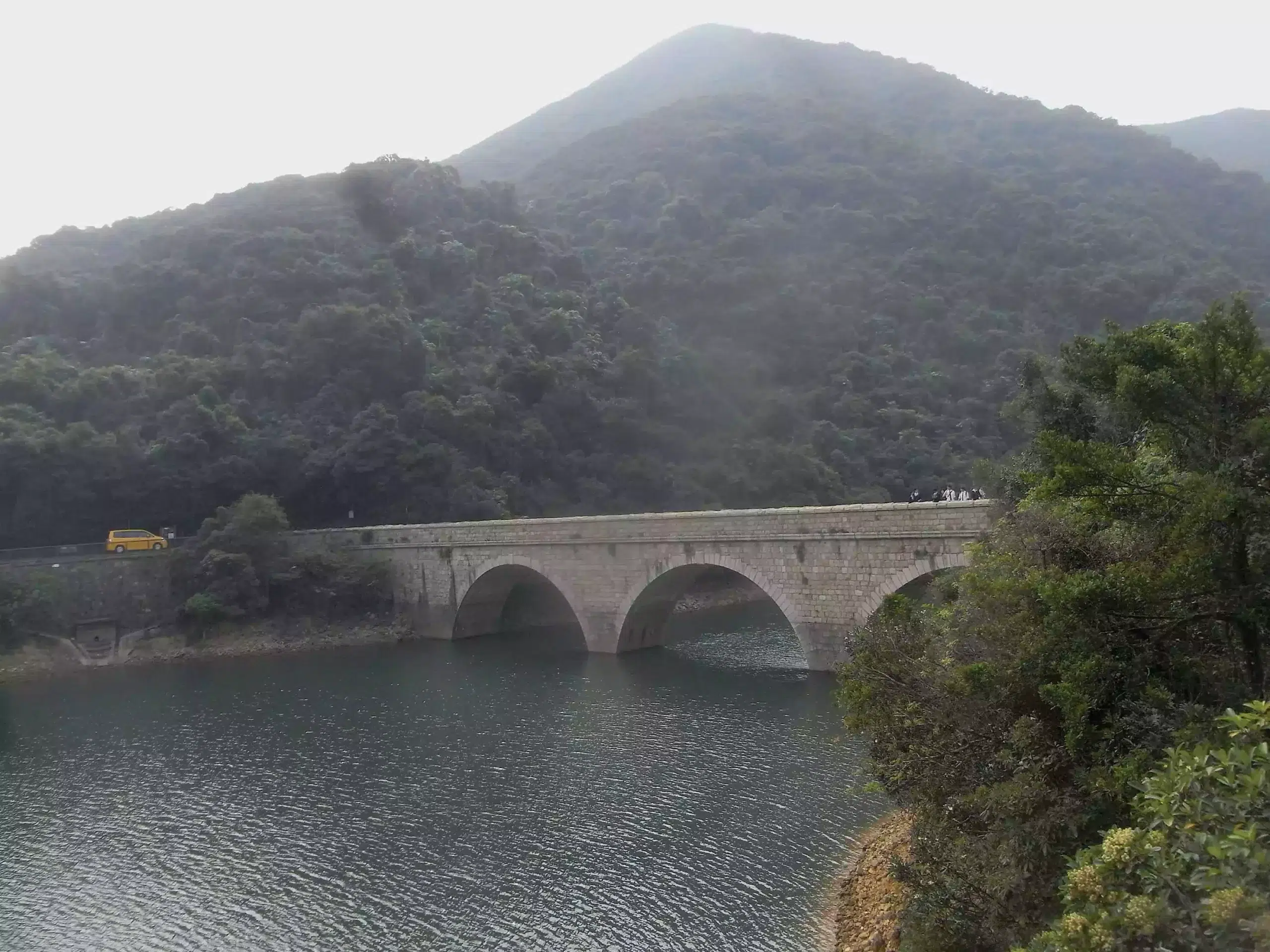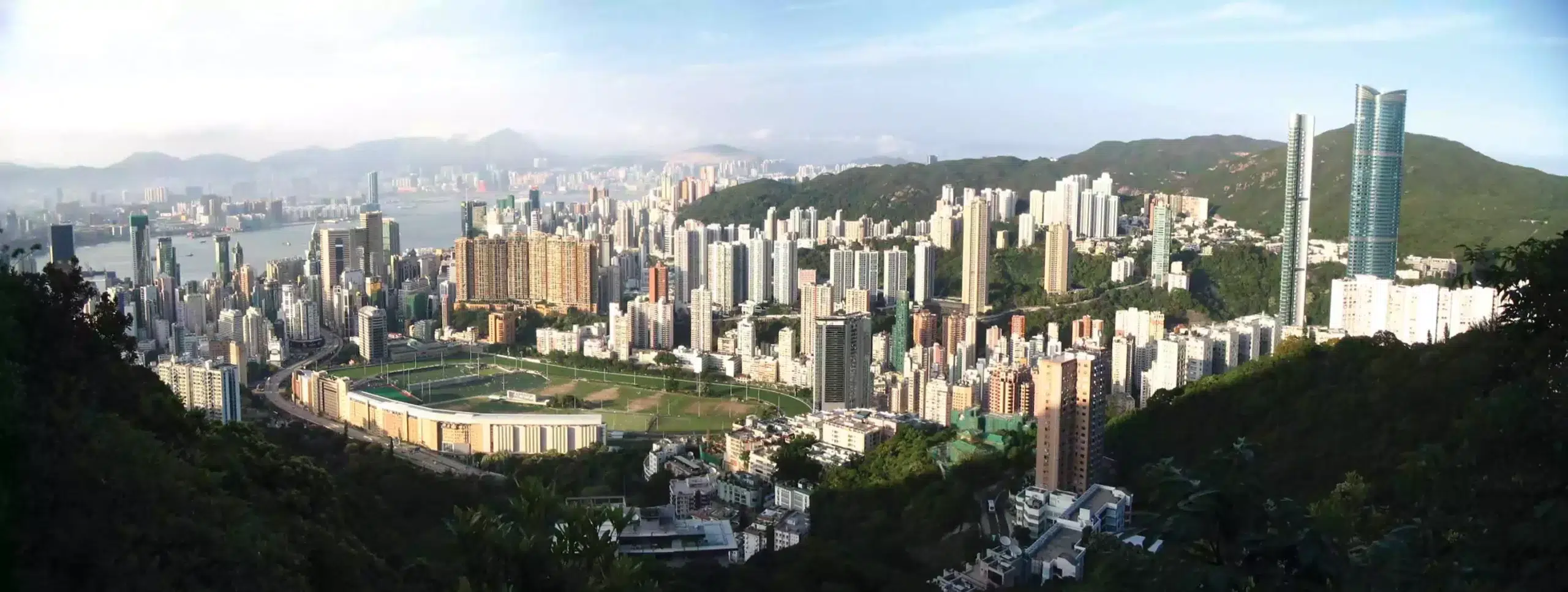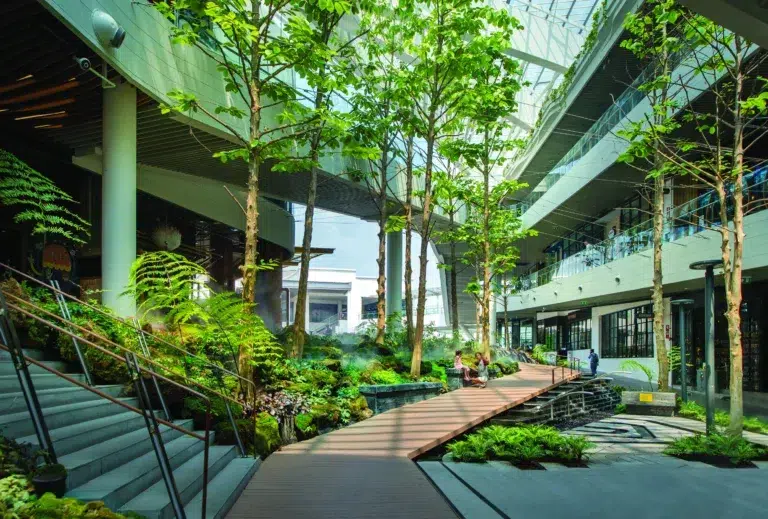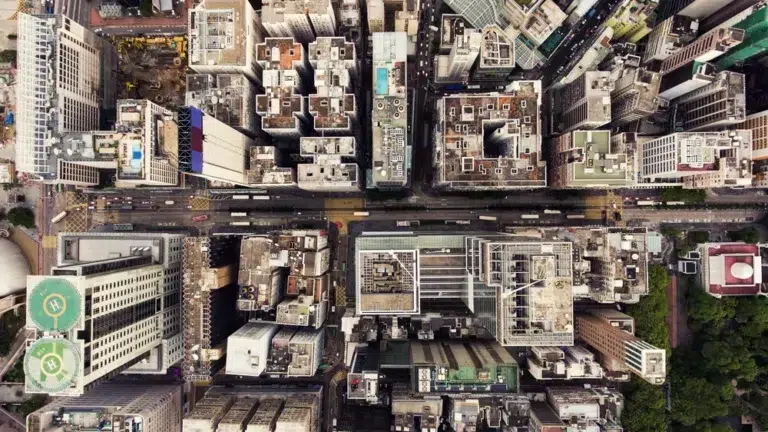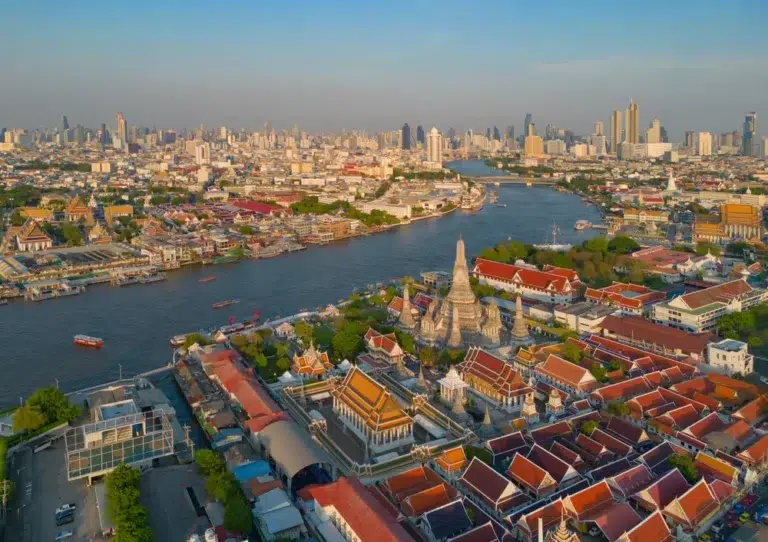6 sights to spot in Jardine’s Lookout, Hong Kong
With its low-density residential properties and sumptuous harbour vistas, Jardine’s Lookout is one of the most sought-after neighbourhoods in Hong Kong
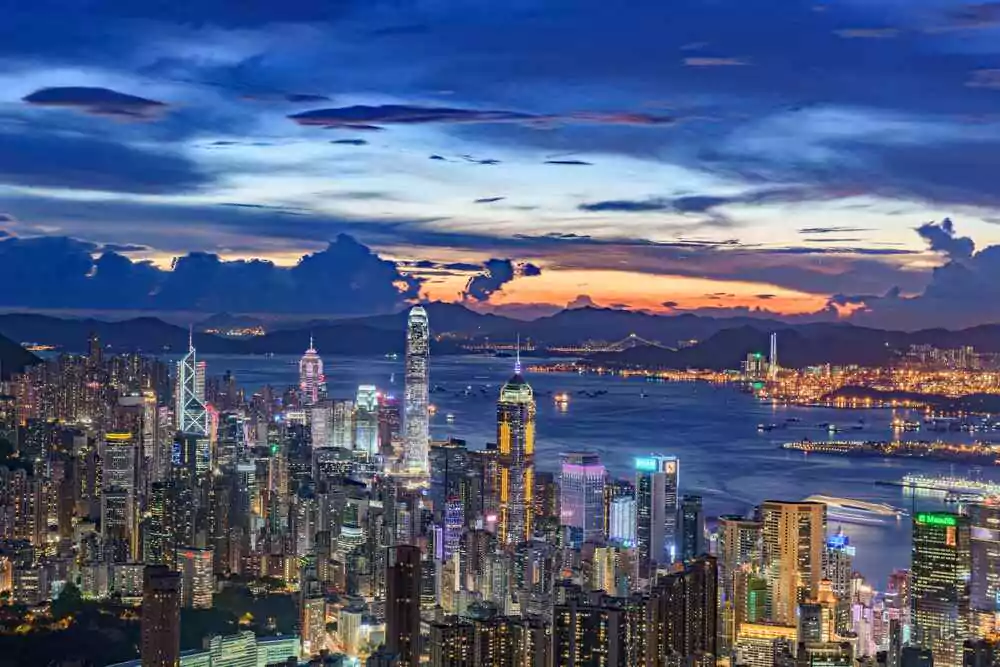
Named after William Jardine, founder of the Jardine Matheson conglomerate, Jardine’s Lookout wears its history on its sleeve. Residential roads are named after famous British colonial figures, and it was also one of the first places to see battle in the Pacific chapter of World War II. These days it’s an altogether calmer district, noted for its high-net-worth homeowners, options for hiking, and prominent educational establishments. It’s also close to Hong Kong Parkview, the territory’s largest private housing estate. The Lookout’s super-prime real estate, close to country parks and hill walks, is now expanding as plush new residences join the exclusive properties already sitting pretty in this much-coveted location.
Jardini
Residences in this venerated beauty spot are getting taller. This upwardly mobile trend is evidenced by this latest development from CITIC Pacific, which hired Wong Tung & Partners to build a 22-storey, 114-unit highrise whose undulating façade is inspired by the sculptural form of clouds. Scheduled for completion by late December, the finished article will be graced by balconies and a sky garden, allowing residents to absorb the estimable vistas, while BTR (HK) Ltd.’s interiors continue the celestial visual metaphor. Its clubhouse, evoking Dover’s white cliffs, contains a gym and kids’ and adults’ pools, while a lounge’s reflective, rippling surfaces provide a painterly scene. Outside, an artistically designed, multi-layered garden complements the water features courtesy of Ko Landscape Architects.
Dukes Place
This joint effort by CSI Properties Limited, Asia Standard International Group Limited, and Grosvenor Asia Pacific Limited has pride of place on Jardine’s Lookout. The 20-plus-storey development commands spectacular views of Hong Kong and contains ornate but functional interiors. Homes within the project have broken sales records, with a garden villa unit recently setting a new benchmark by selling at a premium price per square foot. The remarkable unit features three entrances and an in-house lift, adding to the development’s overall prestige and exclusivity.
Tai Tam Country Park
Comprising one-fifth of Hong Kong Island’s total landmass, this expansive hiking area with picnic and barbecue areas covers 1,315 hectares and is a key water-storage area for the population. Plenty of reminders remain of the battleground it became during World War II when Japanese invaders met strong British resistance. Relics include antiaircraft gun platforms and pillboxes. But the damage to the vegetation was redressed, with scrupulous reforestation ensuring the park is now an ecological wonderland. Aside from its four reservoirs, there are the towering Mount Butler and Mount Parker, acacia and pine trees, and bright flora enlivening springtime slopes. Muntjac deer, Chinese leopard cats, chestnut spiny rats, porcupines, and even venomous snakes dwell here. But for most hikers, the imperious views over Hong Kong override any potential animal hazards.
Hong Kong Arts Centre
An imposing edifice in central Wan Chai, this nonprofit museum and college established in 1977 is a home for the arts in Hong Kong. Its raison d’être is to promote the performing arts, visual arts, and film; it hosts a large selection of rooms intended for exhibitions (sculpture, photography, ceramics, crafts), presentations (theatres, a cinema, installations), and education (classrooms, studios). The monolithic building also supports worthy local causes, organises community projects, holds the Goethe Institute cultural centre, and spawned the Hong Kong Arts School in Shau Kei Wan, which teaches disciplines including fine art and drama. Upcoming events include an exhibition of paintings by local artist Luis Chan and a display of supernatural monsters from Japan.
Hong Kong Cuisine 1983
This upstairs restaurant and local favourite was rebranded and given a classicist makeover in 2022. Chef Silas Li, who started cooking professionally in the UK at 16, reimagines Chinese food as “a delicate balance between tradition and modernity”, innovative fusion cuisine rooted in familiar tastes, but underpinned by French techniques and novel combinations. For example, recommended dishes include caramelised sweet-and-sour ibérico pork with fried tofu and pork rind, and aromatic, smoked soy-sauce chicken. Chef Li’s penchant for perfumed oils also imparts unique fragrances. A range of imaginative menus is available, including vegetarian dishes, lunch, executive lunch, and dinner; rave reviews have not gone unnoticed by the South China Morning Post, which included the restaurant in its 100 Top Tables for 2024.
Happy Valley Racecourse
This 55,000-seater venue first opened in 1845 on swampland to satisfy the sporting whims of the British colonialists, and eventually, it also became a big hit among Hong Kong’s Chinese residents. One major incident, a fire in 1918, killed around 600 people, but since then—and especially the 90s—more facilities have been built, including football, hockey, and rugby fields inside the race track. Races are held on Wednesdays, and there’s also a museum (which contains a cinema), with four galleries located within the seven-storey stand. Venue promoters have succeeded in bringing this Victorian construction, incongruously set among the skyscrapers, firmly into the modern world. The racecourse’s “Happy Wednesday” is now also a night for entertainment, with musical performances taking place alongside a beer garden and stalls selling comfort food.
The original version of this article appeared in PropertyGuru Property Report Magazine Issue No. 184 on issuu and Magzter. Write to our editors at [email protected].
Recommended
Sasivimol Sinthawanarong’s visionary approach at JARKEN
Sasivimol Sinthawanarong has forged a unique architectural identity via JARKEN, her award-winning practice
ARES White Paper Volume 3: The era of adaptive reinvention
Pioneering sustainable and innovative practices in urban development
ARES White Paper Volume 2: Unravelling the power of data revolution in real estate
Insights on proptech, smart cities, and sustainable development
ARES Digital White Paper Volume 1: The fundamentals of responsible building
Green and climate heroes join forces to discuss how Asia Pacific can weather the current environmental crises and the looming effects of climate change
